#Hydroelectricity
Quote
Around the world, large dam construction has displaced between forty and eighty million people over six decades, turning thousands of Indigenous and peasant communities into “dam refugees.” Dams are a potent symbol of capitalist development: towering emblems of modernization, a testament of mankind conquering and reshaping waterscapes, and a literal trickle-up—an uphill flow—to guarantee water benefits to the wealthy, while dispossessing those whose livelihoods rely on river ecologies.
Harsha Walia, Border and Rule: Global Migration, Capitalism, and the Rise of Racist Nationalism
259 notes
·
View notes
Text
#sandboxels#gamedev#browser games#indie games#sandbox games#web games#games#science#hydropower#hydroelectricity#hydroelectric power#power plant
3 notes
·
View notes
Text
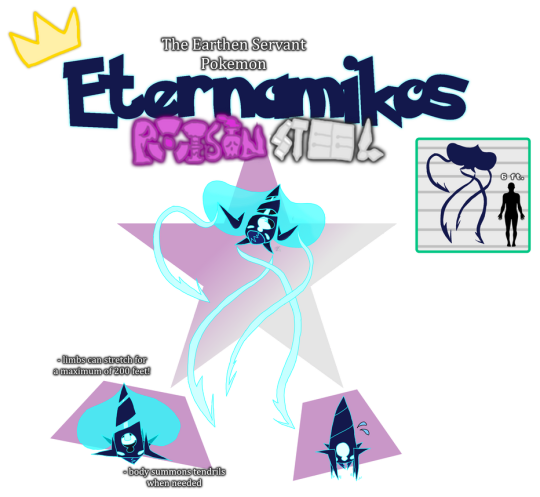



Finally got to making a Legendary group i wanted to make since i tapped into the South Kalos project!
And it's based on unused content in X and Y and a callback to it 6 years later in Sword and Shield where they introduce a nuclear space whale dragon skeleton... thing.
these thing all have like 570 total base stat since i forgot to mention that back on dA

Eternamikos || Eternawirl
Eternaventi || Eternafurna
Make sure to check these links out before you go! Please...?
-Twitter-
-Tumblr-
-DeviantArt-
-Newgrounds-
-FurAffinity-
-Discord Channel-
#pokemon#fakemon#pokemon xy#poison type#steel type#electric type#psychic type#fire type#eternatus#pokemon swsh#south kalos project#geothermal#hydroelectricity#wind energy#fossil fuels
7 notes
·
View notes
Text




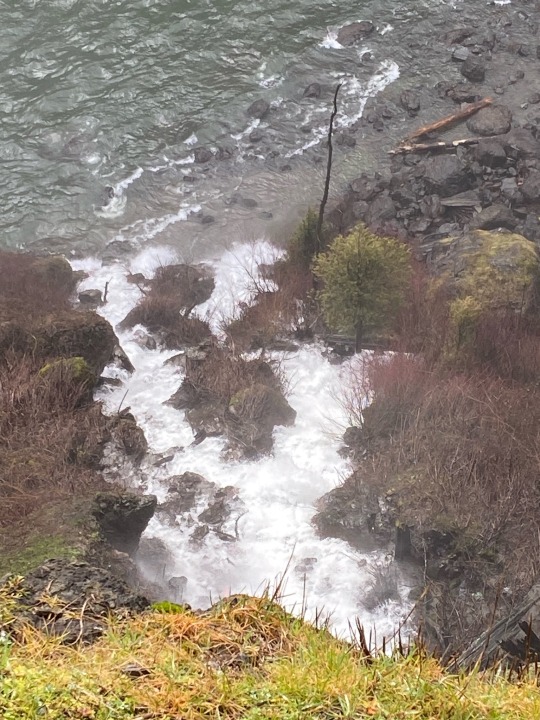
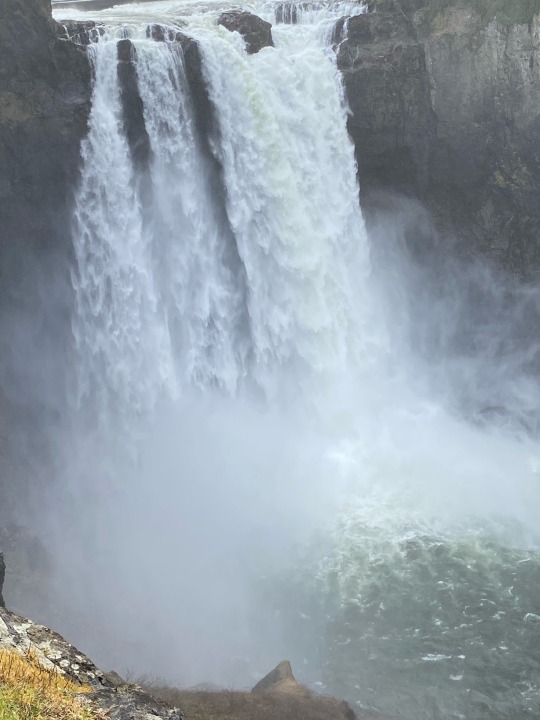


Washington State🖤🤍🖤
2 notes
·
View notes
Text
I remember when I was a kid and I played Twilight Princess for the first time. My first Zelda game. And I loved Ordon village, it was unlike anything I'd ever saw. A farm with...their own version of rams? And just a pumpkin patch out here? Oh and there's a wheel spinning in water?
I learned what hydroelectricity was from this game because in school they started talking about water wheels and I was like "Oh, that thing from Zelda." and just the innocence of "I want to live here too." "When I grow up, I don't want to use dirty old gas or coal, I want a water wheel in my backyard." The drive was there for clean energy, I just got older and never got the means to produce, so much is lost through that stage, where can I go where there's a pond in my backyard?
2 notes
·
View notes
Text
youtube
ok now this is the kind of quality content I want from YouTube. no annoying voice over or backing track. clear thumbnail and title with no clickbait. just pure content
"Build mini hydropower on a small stream with a powerful unit" you sure are dude! keep doing what you're doing!
edit because I forgot to mention: bonus doggos helping out!
3 notes
·
View notes
Text
Hydropwer Project in Nepal
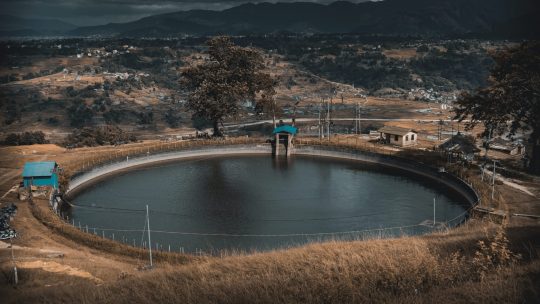
Nestled amidst Nepal's awe-inspiring landscapes, a captivating hydropower project comes to life, orchestrating a harmonious symphony of nature and innovation. The photograph captures the mesmerizing dance of water, flowing seamlessly through the heart of the project's turbines, converting nature's energy into sustainable electricity.
The project stands as a symbol of Nepal's commitment to environmental responsibility and progress. It celebrates the delicate balance between human ingenuity and the preservation of nature's treasures. The fusion of cascading waterfalls and the hum of machinery paints a vivid portrait of Nepal's journey towards a greener and brighter future.
2 notes
·
View notes
Text
Small-scale hydroelectricity projects can help communities become more energy resilient. With high costs and specialised engineering involved, they haven’t always been the go-to renewable energy source, but that could be about to change
The pounding thunder of a waterfall, the pull of a river’s current, the swell of an ocean wave. They all represent raw energy in one of its most natural forms – and harnessing it is nothing new. The ancient Greeks used water power to grind wheat into flour. And it was water – not steam – that drove blast furnaces and cotton-spinning machinery at the dawn of the Industrial Revolution.
By the late 1800s the world’s first hydroelectric generator was powering a single lightbulb in a Northumberland mansion house, and within a few years this nascent technology had rippled across the globe.
Small-scale hydro may have fallen out of favour as the national grid turned the UK on to the notion of cheap and convenient electricity at the flick of a switch, but now – with the twin spectres of climate change and a deepening energy crisis – the stage could be set for a revival.
Read more from Robin Eveleigh!
4 notes
·
View notes
Text
Pros and Cons of Hydroelectric Energy
Hydroelectric energy stands as a beacon of renewable power, offering a compelling blend of sustainability and reliability to the modern energy landscape.

As the world increasingly seeks to balance the scales between energy demand and environmental stewardship, hydroelectricity presents both promising advantages and unavoidable drawbacks. Understanding these pros and cons is crucial for policymakers, industry leaders, and consumers alike as we navigate the complexities of our global energy future.
0 notes
Text
Day 7: Powerline Workers
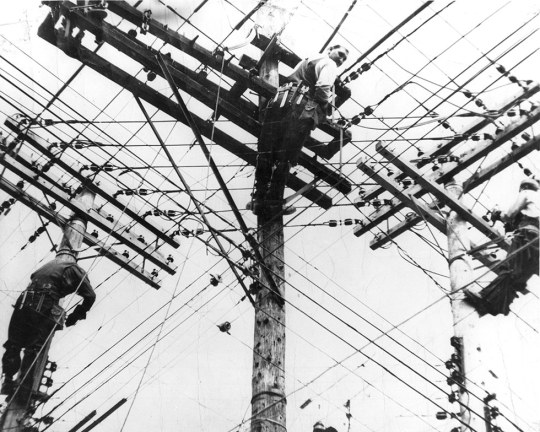
So these are workers for Hydro-Québec, Quebec's own electricity company. This is from the beginning of the company, in 1928.
I'm listening to this:
right now, and I couldn't think of a more fitting track.
--This image is part of the public domain, meaning you can do anything you want with it ! (you could even sell it as a shirt, poster or whatever)--
#art#copyright#free art#open source#public domain#photography#quebec#hydroelectricity#hydroenergy#electricity#renewableenergy#renewable power#renewable resources#renewable energy#green energy#power lines#old art#old aesthetic#black and white#old photo#old phography
1 note
·
View note
Text

Thousand Springs Hydroelectric Project, Gooding County, ID, 3/24.
0 notes
Text
instagram
#stopputin#stoprussia#russian agression#save ukraine#stoprussianaggression#russian ukrainian war#russian war crimes#stop russia#war in ukraine#dnipro#hydroelectricity#dniprohes#Instagram
1 note
·
View note
Text
Govt Advances Study for 5,763 Megawatt Growth
KATHMANDU, Feb 4: The government has advanced study of 20 hydropower projects for the generation of 5,763 megawatt of hydroelectricity.
The Department of Electricity Development (DED) is carrying out a study of eight projects of 100 MW capacity each. Likewise, 12 other projects having capacity less than 100 megawatt are also being studied. If things go as planned, the government is preparing to…
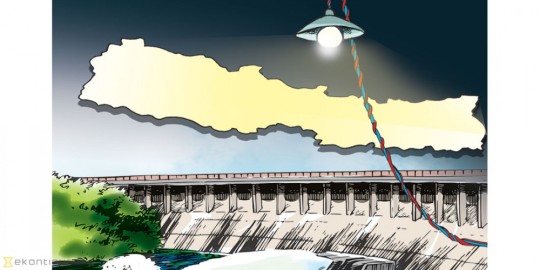
View On WordPress
#Burbang Hydropower Project#Department of Electricity Development (DED)#hydroelectricity#Kaligandaki river#Karnali Hydropower Project#Shivalaya Hydropower Project
0 notes
Text
Hydroelectricity
A small explanation of how hydropower works and some recent developments
Hydroelectric Power
Hydroelectric power is considered one of the oldest and largest sources of renewable energy.
Like wind and solar power, it produces less waste than most other sources of energy. When water flows through an intake area from natural gravity, it turns blades in a turbine that in turn spins a generator, producing electricity.
Hydropower is cheaper than many electricity sources and usually requires infrequent maintenance. Smaller, microhydropower, systems are an effective way to power a small home or business but some can produce enough power for a small resort or large home.
While microhydropower is helpful in remote areas, many hydropower sources are harvested with the use of a dam and larger reservoirs. Dams, when smartly built, can easily reach a century in age. The turbines are often made of fiberglass, carbon fiber, or reinforced plastics. Some turbines last about 25 years before being replaced, and others have lasted up to 50 years. Corrosion is different between hydropower facilities but turbines do not contain the many difficult-to-recycle materials that tools like solar panels do. Furthermore, researchers like Emanuele Quaranta and Peter Davies are already investigating ways to use better materials for hydropower production.
There are also strategies addressing a less active water cycle or dry season. Pumped-storage hydropower uses two water reservoirs at different elevations in which water from the lower reservoir is able to be pumped back to the higher one to continue the cycle of spinning the turbine blades. This allows the production of electricity to continue without losing large amounts of water to a stream or river. Additionally, turbines are usually low enough to not be impeded by ice in severely cold countries.
General seasons are not a deterrent for hydropower. Contrastingly, climate change does impact hydropower.
Climate Change
Increased temperatures mean increased evaporation means less ‘fuel’ for hydroelectric plants. Water scarcity is of course a threat to hydropower dams. Interestingly, flooding is as well. Flooding causes major damage to areas surrounding dams as well as the hydropower infrastructure.
A study from 2022 found that large percentages (over 70%) of existing and projected dams are located in areas with medium to high risks of either scarcity or flooding. Many regions face increased risks of flooding due to climate change, including South and East Asia and the United States east coast. In order to address these projected risks, future dams will have to be created with increased safety against the risk of floods, and current ones will need upgrades for increased capacity in spillways or lower flood pools. Upgrading is costly and difficult, so the current priority is in the construction of new facilities.
On a positive note, hydropower dams can also alleviate some impacts of climate change aside from reducing greenhouse gas emissions. The same study discussed how dams can be altered to be able to release cold water into habitats for fish like Chinook salmon as water temperatures rise. An important fact to note with this strategy is that altering existing dams for this function can be extremely expensive, so focusing instead on new dams being appropriately designed is more efficient at this time.
Another factor in this subject is increasing power demands. As summers continue to get hotter around the globe, more energy and infrastructure will be needed. As energy demands rise, it is crucial that we collectively do our best to turn to renewable sources of energy. Consuming more coal, oil, or natural gas will only worsen the issue of high temperatures. The full potential of renewable energy sources are not being fully realized, but the International Renewable Energy Agency believes that, by 2050, about 90% of the world’s electricity can come from renewable energy. Scientists and manufacturers are continuing to work towards higher efficiency of renewable electricity.
New Jersey
In the interest of learning more about specific state hydropower conditions, I looked into that of my home state.
New Jersey has two major hydroelectricity sources: The Great Falls power station and the Yards Creek Generating Station. In 2021, hydropower accounted for just under 0.4% of New Jersey’s power production. These facilities use the pumping method to move water from a lower reservoir to a higher one when power demands are low. In times of need, Yards Creek is a 450 MW facility while Great Falls produces 10,950 KW. New Jersey’s wind and solar programs far outweigh the investment in hydropower, but there is potential in this industry.
A 2023 study from the Idaho National Laboratory reported that approximately 500 non-hydropower producing dams in the United States have the potential to produce hydroelectricity. One of the top ten potential sites is in New Jersey, and the National Hydropower Association lists four total sites with potential MW capacities. Perhaps such projects are not being pursued because wind power and solar are currently more promising regarding efficacy.
Achieving the goal of entirely renewable energy by 2050 is a challenge. Projects like offshore wind farms have faced significant obstacles and delays. The best approach for such a challenge includes evaluating all of our resources. Hydropower in New Jersey is not the most yielding resource compared to solar and wind sources, but it can help account for some energy demands while having other potential environmental benefits.
Additional Resources
1. https://www.energy.gov/eere/water/hydropower-basics
2. https://www.sciencedirect.com/science/article/pii/S2095809921003581?via%3Dihub
3. https://www.epa.gov/climate-indicators/climate-change-indicators-coastal-flooding
4.https://www.energy.gov/eere/water/articles/effects-climate-change-federal-hydropower#:~:text=Change%20in%20federal%20hydropower%20production,runoff%20and%20indirectly%20by%20temperature
5.https://www.irena.org/Energy-Transition/Planning/Flexibility#:~:text=According%20to%20IRENA's%20latest%20World,approximately%2090%25%20of%20electricity%20generation.
6.https://www.eaglecreekre.com/facilities/operating-facilities/great-falls#:~:text=The%20Great%20Falls%20power%20station,east%20of%20the%20Mississippi%20River
7.https://www.montclair.edu/clean-energy-sustainability-analytics/resources/clean-energy-information/hydropower/#:~:text=Hydropower%20in%20New%20Jersey&text=The%20two%20existing%20power%20stations,Generating%20Station%20in%20Warren%20County
8.https://www.eia.gov/state/analysis.php?sid=NJ#:~:text=Hydropower%20accounted%20for%20slightly%20less,Jersey's%20net%20generation%20in%202021.&text=The%20state%20has%20one%20small,megawatts%20near%20New%20York%20City
9. https://inldigitallibrary.inl.gov/sites/sti/sti/Sort_64562.pdf
10. https://www.hydro.org/map/hydro/non-powered-dams/?state=NJ
#hydropower#hydroelectric#hydroelectricity#article#research#renewable energy#climate change#nature#climate crisis#dams#electricity#resources
1 note
·
View note
Text
Nikola Tesla’s Energy Theory Using The Power Of Flowing Water And Its Unfulfilled Promise
0 notes
Text
With the era of building big dams over in the U.S., a growing number of existing dams are being modified to produce hydropower. These projects, advocates say, avoid the damaging impacts of new dams and could generate enough renewable electricity for several million homes.
In 1969, the U.S. Army Corps of Engineers finished construction of the Red Rock Dam on the Des Moines River in Marion County, Iowa. One of thousands of U.S. dams built that decade, its purpose was to moderate seasonal flooding, allowing the Corps to release the million-and-a-half acre feet of snowmelt it impounded each spring at will. And for more than 50 years, aside from providing locals with a reservoir in which to fish and go boating, that’s all it did.
That changed last fall when engineers let water rush into two penstocks freshly punched through the concrete structure of the dam. Flowing into a powerhouse below, the water spun two hydroelectric turbines before pouring back into the river, generating enough electricity to power more than 18,000 homes in Iowa, Minnesota, and North and South Dakota.
2 notes
·
View notes